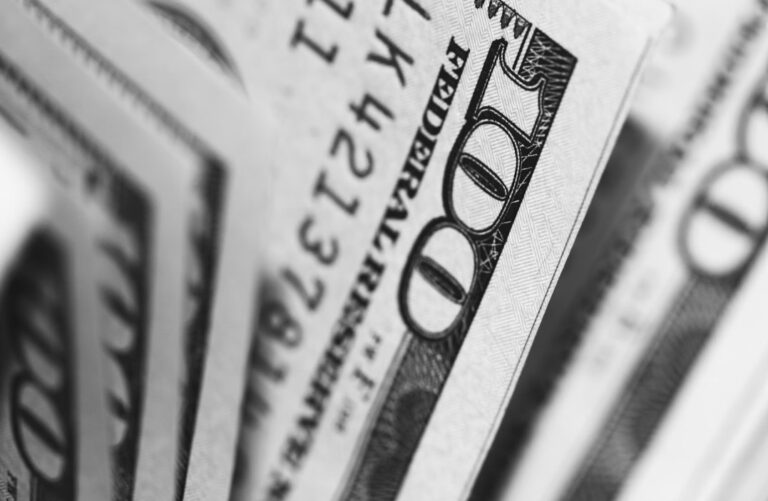Depreciation is a well-known term in business, used primarily in accounting. In fact, it is an item found in the financial statements and is useful for businesses because it helps keep track of costs over time, making a more realistic financial representation of the value of items that are used over the years.
Table of Contents
The meaning of depreciation
Depreciation is a financial and accounting concept that refers to the gradual distribution of the cost of an asset over time. This process is used to more accurately reflect the resource consumption or depreciation of an asset over its useful life.
When a company acquires a durable asset such as machinery, equipment or vehicles, the acquisition cost of that asset is not usually accounted for all in the year in which it was purchased. Instead, the company allocates the cost of the asset over several accounting periods through it.
Depreciation can be calculated in different ways, but the goal is always to spread the cost evenly over the years.
It is therefore also important for tax purposes, as many jurisdictions allow companies to deduct depreciation as a tax expense, thereby reducing income tax. It is important to note that depreciation applies only to tangible assets that have an estimated useful life of more than one year.
When can an asset be depreciated?
Depreciation of an asset can occur when the asset meets certain criteria established by accounting and tax regulations. Here are some of the general conditions that may allow an asset to be depreciated:
- Activation of the asset: The asset must be activated on the company’s balance sheet. This means that it must be intended to be used for the production of income or in connection with the company’s operating activities;
- Definable useful life: the asset must have an estimable useful life. In other words, it must be possible to reasonably determine the period of time during which the asset will be used by the company;
- Company ownership: the company must actually own the asset or have economic control over it. Generally, the company must be able to derive economic benefit from the asset and control its use;
- Flow of future economic benefits: the asset must be capable of generating future economic benefits for the company. For example, a capital asset such as a car or vehicle must contribute to the production of saleable goods or services;
- Determinable cost: the cost of the asset must be reliably determinable. This includes the purchase cost of the asset, as well as any costs associated with commissioning and adapting the asset to the company’s needs.
It is important to note that specific rules may vary depending on the accounting and tax regulations of the country in which the company operates. In addition, there may be differences in depreciation criteria depending on the nature of the asset (e.g., buildings, machinery, software).
How is it calculated?
There are several depreciation methods, but the two most common are the straight-line method and the variable (or degressive) method. Here is how both work:
- Linear Method:
The formula for the linear method is: Depreciation = (Cost of asset – Residual value)/ Useful life
Where:
- “Asset Cost” is the original cost of the asset;
- “Residual value” is the estimated value of the asset at the end of its useful life;
- “Useful life” is the number of years or periods over which the asset is estimated to be used.
- Variable Share (or Degressive) Method:
The formula for the Variable Share Method is:
Depreciation = Depreciation Rate × Initial book value of the asset.
- “Depreciation Rate” can be expressed as a percentage, such as 10% or 20%, depending on the company’s accounting policy;
- “Initial book value of assets” is the cost of assets minus accumulated depreciation in previous years.
Choosing between the two methods depends on the company’s accounting preferences and the applicable tax law.
It is important to note that these formulas provide depreciation for a single period. To calculate cumulative depreciation for multiple periods, the depreciation amounts for each period must be added together.
Depreciation, practical examples
To better illustrate how depreciation works, let’s look at two examples using the linear and variable share methods.
Linear depreciation examples
Suppose we have a machine with a cost of 20,000 euros, a useful life of 5 years and a residual value of 2,000 euros.
Depreciation = (20,000 – 2,000)/5 = 18,000/5 = 3,600 euros per year.
Thus, using the straight-line method, the company will depreciate the machine by 3,600 euros per year for 5 years.
Variable share example
Suppose we have the same scenario with a machine that has a cost of 20,000 euros, a useful life of 5 years and a residual value of 2,000 euros. In addition, suppose a depreciation rate of 20%.
For the first year: Depreciation = 20% × 20,000 = 4,000 euros.
The initial book value for the second year will be 20,000 – 4,000 = 16,000 euros. Thus, the depreciation for the second year will be 20% × 16,000 = 3,200 euros. And so on for subsequent years.
Of course, these are simplified examples, and in actual practice there may be additional tax and accounting considerations, such as any specific tax rules, periodic reviews of the useful life of the asset, and so on.
Read also: Asset management: what it is and what are the financial products












